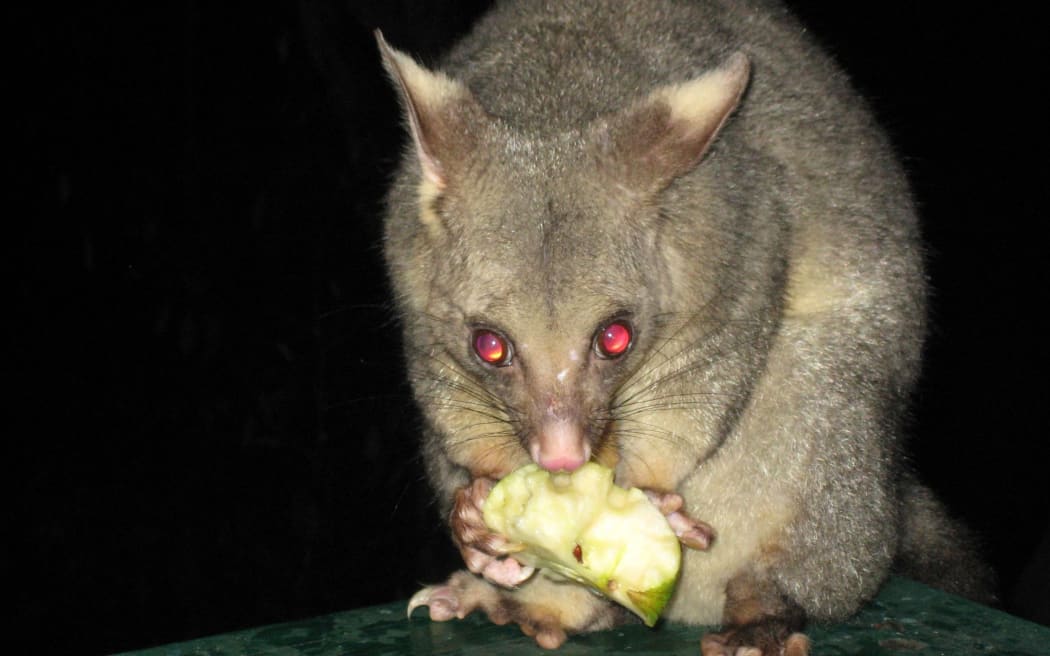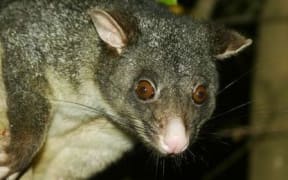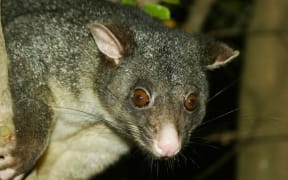A newly signed agreement will be a win-win for conservation and the fur industry - but not for possums.
The Department of Conservation (DoC) and the New Zealand Fur Council say the agreement aims to make it easier for accredited possum hunters and trappers to operate on public public conservation land.
The Fur Council, which represents processing, hunting and related interests, hopes it will boost the supply of possum fur, used in the blended yarn made from merino wool and possum fibre.

Photo: 123RF
Council chair Neil Mackie, who also managing director of the Woolyarns company which is the biggest biggest producer of the perino yarn, said the industry could not meet the international demand for garments made from the unique-to-New Zealand yarn.
"The potential for the industry is to double its size. We're currently utilising the fibre of about two million possums a year and there's the potential to double that to four million and that growth is going to come out of the export market," Mr Mackie said.
"The demand is in two areas. One is in the growth New Zealand tourism industry, because that's where the majority of the product goes out now, through the tourists buying the products.
"Secondly, there is a ground-swell internationally. A lot of our customers are actually selling in that international market and we intend to be selling yarn into the international market as well.
"As we grow that business, we need the fibre off more possums and that helps the Department of Conservation to meet their objectives."
Mr Mackie said the possum fur used for blending was collected from trapping and bait stations, not from 1080 poison drops.
Making a buck
From DoC's point of view, the agreement with the Fur Council will help it in its battle to control the country's number one animal pest, which preys on native wildlife and causes large scale damage to vegetation, as well as spreading bovine Tb.
DoC director general Lou Sanson said the department spent more than $10 million a year on possum control, mainly through 1080 operations and improving access for hunters and trappers would complement that.
"And where we can get good pest control from communities or from possum trappers doing this sort of work, why wouldn't we, and the fact they are bringing in two million possums a year, it just makes an awful lot of sense," he said.
"Some of this possum merino blend is worth $300 a kilo so I think the challenge for DOC is we want to be a key player in regional development too.
"Where there are areas where people can actually make a buck out of possums, we want to be assisting that and where the more inaccessible areas are, ourselves and Tb-free New Zealand have to work on possum control.
"It is another way of integrating the whole picture of pest management in New Zealand."
DoC research showed having trappers keeping down possum numbers in the buffer zones around its own targeted pest control operations could delay possum re-invasion by two to three years, Mr Sanson said.



